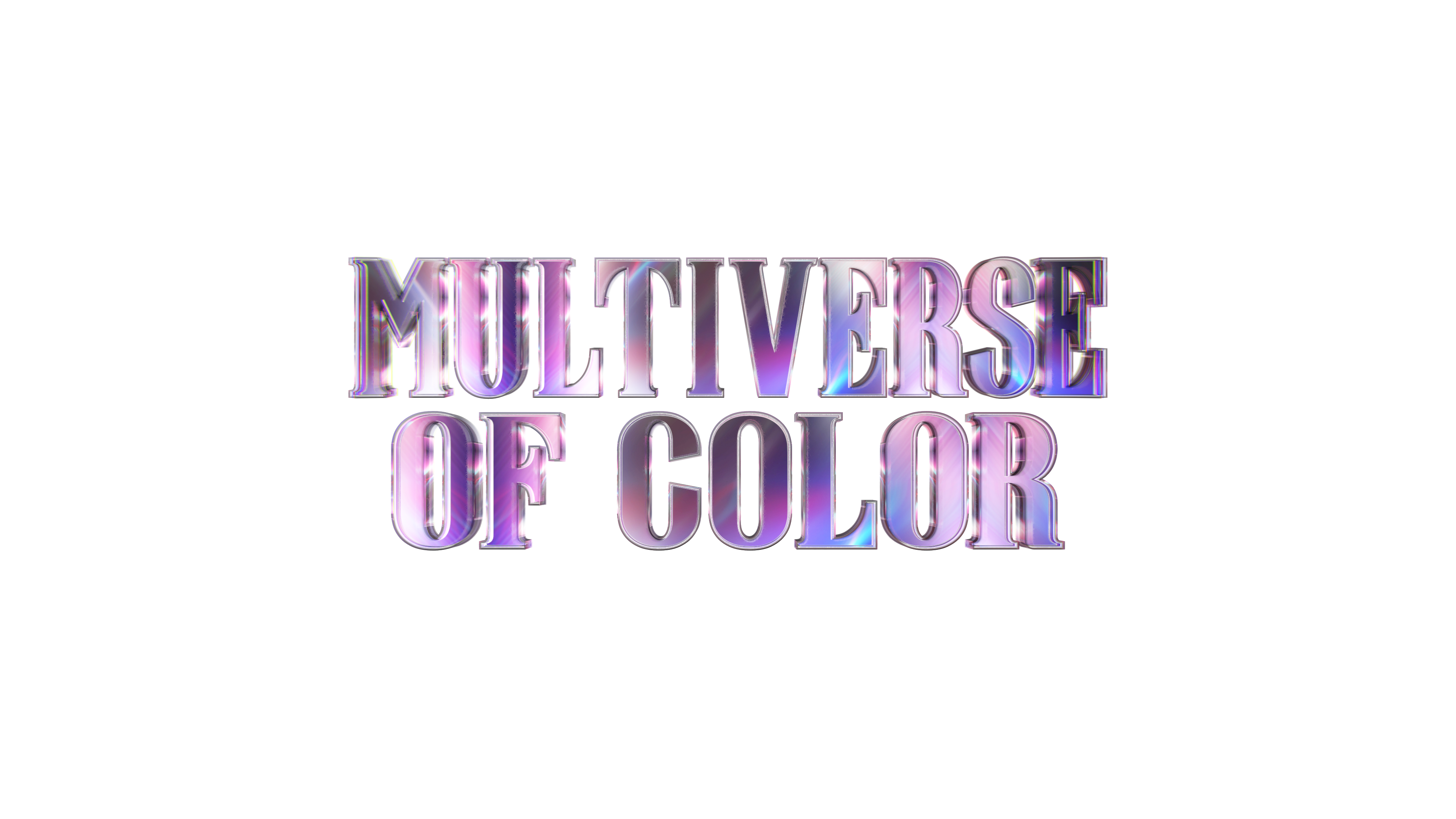Daredevil #4
Written By: Charles Soule
Art By: Ron Garney
Release Date: 2/25/16
People forget how hard it is to write a comic book. It’s a medium all to itself that relies on visual art to tell a story with some conversational flourishes to provide heart and characterization. But that story itself is a difficulty, because it generally is part of some ongoing, overarching plot; but you still want it to stand on its own as a satisfying, compelling, succinct story. That’s a tall order in and of itself, but it goes even further then that. You want that succinct story which also must fall into an overarching narrative, to do justice to nuanced, beloved characters who’ve been shaped and defined by numerous generations of creative luminaries while still adding your own personal take on them. The characters need to be recognizable to fans, but still pushed forward in new and interesting ways.
Judged by that criteria, Daredevil #4 by Charles Soule and Ron Garney is the perfect comic book. It drives the mystery of Soule and Garney’s first Big Bad: Tenfingers, and his Church of the Sheltering Hands forward into some intriguing spaces—finding answers that only lead to deeper, more sinister questions. It brings new revelations about Daredevil’s new apprentice, Blindspot, that further cement him as a compelling figure while not quite settling the matter of his allegiances. Most importantly, it forces Daredevil to face the poor decisions he’s made for the greater good, and it does it in the middle of Garney and Soule’s most thrilling action sequence for him yet. And most excitingly, it brings Steve Rogers along for the ride, who has often acted as Daredevil’s stern but loving father figure in the past. It pays tribute to the Daredevil of the past while opening up some fascinating potential for what the Daredevil of the future might be, and it does it all with excellence. You could spend hours trying to explain to someone why you love comic books, or you could just give them a copy of Daredevil #4 and let them figure it out for themselves.
The story picks up with Daredevil bursting into an apartment complex that’s being used as a headquarters for a team of rogue bomb makers. He’s doing so at the behest of super soldier serum-less Steve Rogers, who these days spends his time as more of a field general than a soldier. “He’s something like ninety years old,” Daredevil muses. “But his voice could still command a god.”
That’s a riff on a line from Frank Miller’s legendary Born Again storyline, in which Daredevil describes Captain America as “a soldier with a voice that could command a god, and does.” It’s the little details like that that show just how careful Soule is being with this character, and inspires confidence in the liberties he does take.


In the Born Again story, the “god” in question was Thor, who Captain America shouted battle orders to. There are no confirmed gods in Soule’s run, but Tenfingers—the extra-digited cult leader getting under Matt Murdock’s skin—seems pretty sure that he’s got the spark of the divine in him. He showed up at Matt’s office to deliver a glowering lecture on his own messianic intentions, and how he plans on using some tricks he stole from The Hand for the good of his congregation. Matt doesn’t buy Tenfingers’ altruistic claims anymore than he buys the idea that Tenfingers is some sort of god. When Tenfingers asks Matt if he’s a “man of faith,” Matt responds that he “used to be.”
This is a significant departure from past characterizations of Matt Murdock, which always included—if not centered on—his tortured but more or less functional relationship with the Catholic Church. It was an element I always liked, if for no other reason than I could relate to it. But Soule’s choice to move Matt onto being a lapsed Catholic is an interesting one fraught with dramatic possibility, and I hope we learn a little more about this conversion down the road. (A subsequent inner monologue make it seem like Matt hasn’t quite foregone the entirety of his belief in the Big Guy.) Of course, that’ll probably have to come after we learn just how in the hell Matt made the entire world forget he was ever Daredevil.
Regardless, you can take the man out of the Church, but you can’t take the Church out of the man. However Matt undid his global unmasking in Mark Waid’s run, he’s feeling awfully guilty about it, and although he’s happy to fight for Steve Rogers, he’s also hoping to get some “absolution” for the moral unease he’s feeling.
Most of Steve and Matt’s conversation takes place over the radio, with Steve giving orders from outside the complex while Daredevil handles the grunts inside. Garney illustrates Daredevil’s fights in thrilling, brutal fashion; breaking arms, crushing noses and frightening even the innocent bystanders he’s there to protect. This all culminates in that rarest of comic book occurrences: a fight scene that’s actually thrilling and unpredictable, and makes terrific dramatic use of one of Daredevil’s rarely discussed weaknesses. To boot, it all closes off with a speech from Steve Rogers that is inspiring (for readers) and chilling (for Daredevil.)
So it’s another win for Garney and Soule, who’ve been working quiet wonders for this series in their first four issues, but it’s also a win for the medium as a whole. Daredevil has long set the bar for being Marvel’s most adult comic strip and lately, a lot of different Marvel Comics have been catching up to its maturity level. But in this issue, Soule and Garney shows why it’s still on top.





